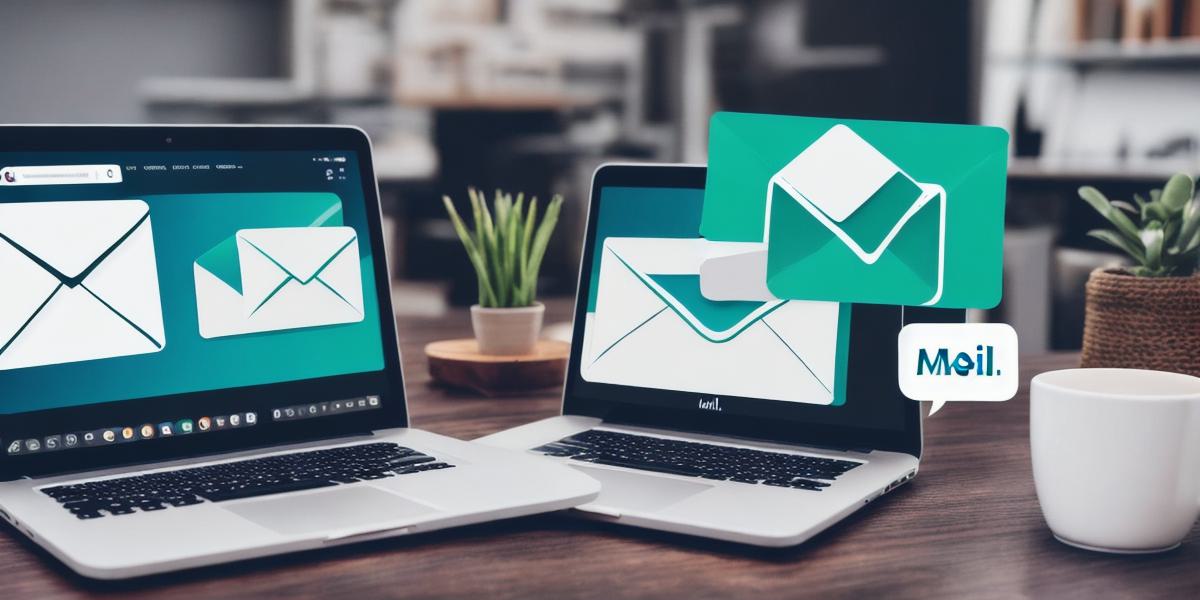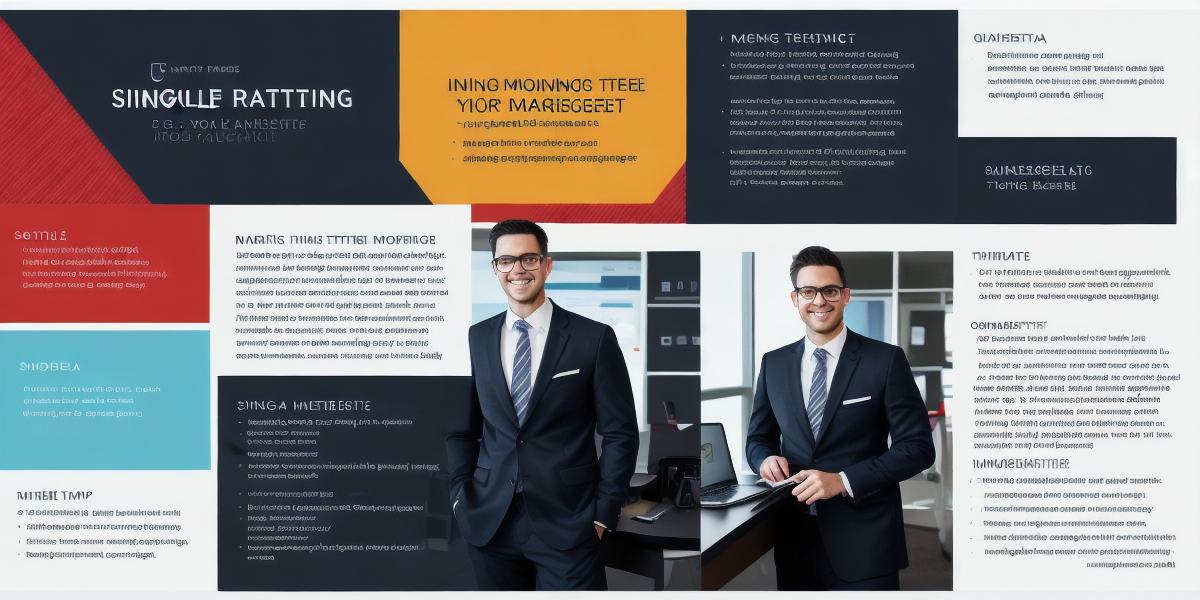As a business owner, you know that marketing is crucial for growing your customer base and increasing revenue. But with so many tools available, it can be difficult to determine which ones will work best for your business. In this article, we’ll take a closer look at some of the most effective marketing tools to boost business growth and provide actionable advice on how to use them effectively.
1. Social Media Marketing
Social media is one of the most powerful marketing tools available today. With over 3.6 billion people using social media platforms worldwide, it’s no wonder that businesses are leveraging these platforms to reach their target audience. Some of the most popular social media platforms for business include Facebook, Instagram, Twitter, and LinkedIn.
Facebook is a great platform for reaching both personal and professional audiences. With over 2.8 billion monthly active users, it’s an ideal place to showcase your products or services and connect with potential customers. Instagram is another popular platform that’s perfect for businesses with visual content to share, such as e-commerce companies or restaurants. Twitter is great for sharing news and updates about your business, while LinkedIn is ideal for connecting with other professionals in your industry.
To get started with social media marketing, you’ll need to create a business profile on each platform and start posting engaging content. It’s important to post regularly, but not too often, as this can be seen as spammy. You should also respond to comments and messages promptly to build relationships with your followers.
2. Email Marketing
Email marketing is another effective tool for reaching potential customers and driving sales. With over 3 billion email users worldwide, it’s an ideal platform for businesses to reach their target audience directly. Some of the benefits of email marketing include:
- Cost-effective: Email marketing is a cost-effective way to reach your target audience, as you only need to pay for the cost of sending emails.
- Targeted: You can segment your email list based on demographics, interests, and behavior, which allows you to send targeted messages to specific groups of people.
- Personalized: Email marketing allows you to personalize your messages based on the recipient’s name, previous purchases, or other data points.
To get started with email marketing, you’ll need to create an email list of potential customers and start sending regular newsletters and promotional offers. It’s important to make sure that your emails are visually appealing and easy to read, as well as providing valuable content and clear calls-to-action.
3. Content Marketing
Content marketing is the process of creating and distributing valuable, relevant, and consistent content to attract and retain a clearly defined audience, with the goal of driving profitable customer action. Some of the benefits of content marketing include:
- Building trust and credibility: By providing valuable content that educates and informs your target audience, you can build trust and credibility with potential customers.
- Increasing brand awareness: Content marketing is a great way to increase brand awareness and get your business noticed by a wider audience.
- Generating leads: High-quality content can help generate leads for your business, as potential customers are more likely to engage with your content if they find it valuable.
To get started with content marketing, you’ll need to create a content strategy that outlines the type of content you’ll create, the topics you’ll cover, and how you’ll distribute it. This might include blog posts, videos, infographics, or other types of content that are relevant to your target audience.
4. Search Engine Optimization (SEO)
Search engine optimization (SEO) is the process of optimizing your website and its content so that it can rank higher in search engine results pages (SERPs). This is important because the higher your website ranks, the more traffic you’ll receive, which can lead to increased sales and revenue. Some of the benefits of SEO include:
- Increasing organic traffic: By optimizing your website for search engines, you can attract more organic traffic from potential customers who are searching for products or services like yours.
- Improving website usability: SEO involves optimizing your website’s structure and content to make it easier for users to navigate and find the information they need.
- Building trust and credibility: A well-optimized website can help build trust and credibility with potential customers, as they’ll see that you take the time to provide valuable information and make their experience easy and enjoyable.
To get started with SEO, you’ll need to conduct keyword research to identify the terms and phrases that your target audience is searching for. You should then optimize your website’s content, structure, and meta tags to ensure that it’s easily discoverable by search engines. This might include adding alt text to images, using header tags to structure your content, and including relevant keywords in your content.
5. Pay-Per-Click (PPC) Advertising
Pay-per-click advertising is a form of online adverting where you pay each time an ad is clicked on. This can be a great way for businesses to drive traffic to their website and generate leads, particularly for new businesses or those that are just starting out. Some of the benefits of PPC advertising include:
- Targeted advertising: PPC advertising allows you to target your ads to specific demographics, interests, and behaviors, which ensures that you’re reaching the right people.
- Cost-effective: While PPC advertising can be expensive, it’s often more cost-effective than traditional advertising methods such as print or radio ads.
- Measurable results: With PPC advertising, you can track the performance of your ads in real-time, which allows you to make adjustments and optimize your campaigns for better results.
To get started with PPC advertising, you’ll need to choose a platform such as Google Ads or Facebook Ads, set up a campaign, and create ads that are targeted to your audience. It’s important to test different ad variations and track their performance regularly to ensure that you’re getting the best possible results.
6. Affiliate Marketing

Affiliate marketing is a form of online marketing where you pay commission to affiliates who promote your products or services. This can be a great way for businesses to increase sales and reach new audiences, particularly if they don’t have the resources to invest in traditional advertising methods. Some of the benefits of affiliate marketing include:
- Cost-effective: Affiliate marketing is often more cost-effective than traditional advertising methods, as you only pay commission to affiliates who make a sale.
- Increased reach: By partnering with affiliates who have large audiences, you can reach new customers and increase your brand’s visibility.
- Performance-based: Affiliate marketing is performance-based, which means that you only pay for results, such as sales or leads generated by the affiliate.
To get started with affiliate marketing, you’ll need to find affiliates who are a good fit for your business and products. You should then provide them with clear guidelines on how to promote your products and track their performance regularly to ensure that they’re generating the desired results.
Case Studies: Real-Life Examples of Effective Marketing Tools
Now that we’ve looked at some of the most effective marketing tools, let’s take a closer look at some real-life examples of how these tools have been used to drive business growth.
1. Social Media Marketing
: Glossier
Glossier is a beauty brand that has built a massive following on social media by providing high-quality products and engaging with their customers in a genuine and authentic way. They use Instagram, Twitter, and other social media platforms to showcase their products, share user-generated content, and provide valuable information to their followers. As a result, they’ve been able to grow their business rapidly and build a loyal following of beauty enthusiasts.
2. Content Marketing: HubSpot
HubSpot is a marketing software company that has built a reputation as one of the leading experts in content marketing. They create high-quality blog posts, videos, infographics, and other types of content that provide value to their target audience. This has helped them establish themselves as a thought leader in the industry and attract new customers through organic search and social media shares.
3. Search Engine Optimization (SEO): Moz
Moz is an SEO software company that has built a strong reputation for providing high-quality SEO tools and services. They optimize their website and content for search engines, as well as provide valuable information and resources to their target audience. This has helped them attract new customers through organic search and establish themselves as a thought leader in the industry.
4. Pay-Per-Click (PPC) Advertising: Warby Parker
Warby Parker is an eyewear brand that uses PPC advertising to drive traffic to their website and generate leads. They target their ads to specific demographics, interests, and behaviors, which ensures that they’re reaching the right people. This has helped them attract new customers and grow their business rapidly.
5. Affiliate Marketing: Rakuten Marketing
Rakuten Marketing is a marketing software company that uses affiliate marketing to drive sales and increase brand visibility. They partner with affiliates who have large audiences and provide them with clear guidelines on how to promote their products. This has helped them generate new leads and grow their business rapidly.

Conclusion: The Most Effective Marketing Tools for Business Growth
In conclusion, there are many different marketing tools available to businesses looking to drive growth and attract new customers. However, by focusing on the most effective tools such as social media marketing, content marketing, search engine optimization (SEO), pay-per-click advertising, and affiliate marketing, businesses can increase their chances of success and achieve their goals.




